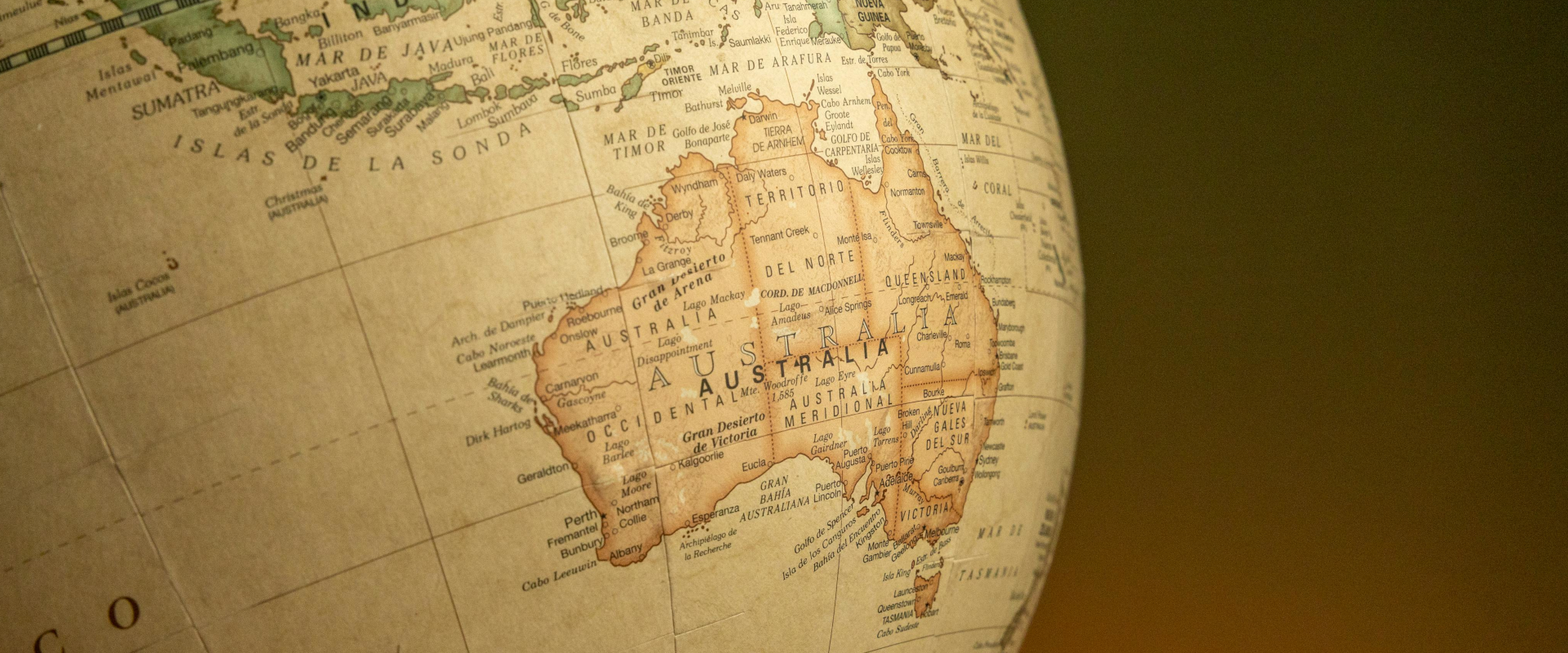In today's digital age, video has become an essential tool for businesses to effectively communicate their message, promote their products or services, and engage with their target audience. In this article, we will explore the significance of video production in corporate videos and outline key factors to consider.
The Role of Video Production
Video production encompasses the entire process of creating a video, from the initial concept and planning stages to the final editing and distribution. It involves a combination of technical expertise, creative vision, and meticulous attention to detail. We’ll be looking at most areas aside from post-production.
Pre-production: Planning for Success
Before the cameras start rolling, thorough pre-production planning is essential to ensure a smooth and efficient video production process. This stage involves tasks such as conceptualizing the video, developing a script or storyboard, scouting locations, casting actors or presenters, and organizing the necessary equipment and resources.
Conceptualizing the Video
At the heart of every video is the message or story that needs to be conveyed. During the conceptualization phase, the production team collaborates with the client to understand their goals, target audience, and key messages. This information serves as the foundation for the video's creative direction, determining the tone, style, and overall vision.
Scripting and Storyboarding
Once the concept is solidified, the next step is to develop a script or storyboard. A well-crafted script ensures that the video effectively communicates the desired message and maintains a cohesive narrative structure. Storyboarding, on the other hand, helps visualize the scenes, camera angles, and transitions, providing a blueprint for the shooting process.
Location Scouting and Set Design
The choice of location plays a significant role in setting the tone and atmosphere of a corporate video. Whether it's a professional office environment, a studio, or an outdoor setting, the location should align with the video's objectives and target audience. Additionally, set design, props, and staging can further enhance the visual appeal and storytelling elements of the video.
Casting and Rehearsals
If the video involves actors or presenters, casting the right talent is crucial for delivering an authentic and engaging performance. The casting process involves auditions, callbacks, and selecting individuals who best fit the desired roles. Rehearsals allow the cast to familiarize themselves with the script, practice their delivery, and ensure a seamless performance on the shoot day.
Production: Lights, Camera, Action
Once the planning is complete, it's time to bring the video to life through the production phase. This stage involves capturing the footage, capturing audio, and managing the technical aspects of shooting.
Equipment and Gear
Quality video production requires the use of professional-grade equipment and gear. This includes cameras, lenses, lighting equipment, audio recording devices, mounting rigs, and other accessories. The choice of equipment will depend on the specific requirements of the project, such as the desired visual style, the shooting environment, and the available budget.
Camera Techniques and Shots
The camera is the primary tool used to capture the visual elements of a video. This is typically managed by the Director of Photography (DP). Each shot is carefully selected to convey specific emotions, highlight key details, or create a desired effect.
Lighting and Sound
Proper lighting and sound are essential to ensure the visual and auditory quality of a video. Lighting techniques help set the mood, highlight important elements, and create a professional look. Sound capture involves using high-quality microphones and recording equipment to capture clear and crisp audio. This includes dialogue, background noise, music, and sound effects.
Directing and Managing the Set
The director plays a critical role in guiding the actors, managing the set, and ensuring that the vision for the video is effectively translated onto the screen. They work closely with the cast and crew to ensure that each scene is captured correctly, the performances are authentic, and the overall production stays on track.
Conclusion
From pre-production planning to the end of the shoot, each stage of the video production process plays a vital role in creating compelling and impactful videos.
If you don’t personally have the ability to produce video yourself, you’ll need to make sure you can identify a suitable video production company for your projects.
Viostream’s video services are a great way to get started with your video journey, and you can book a free consultation meeting by clicking the link.












